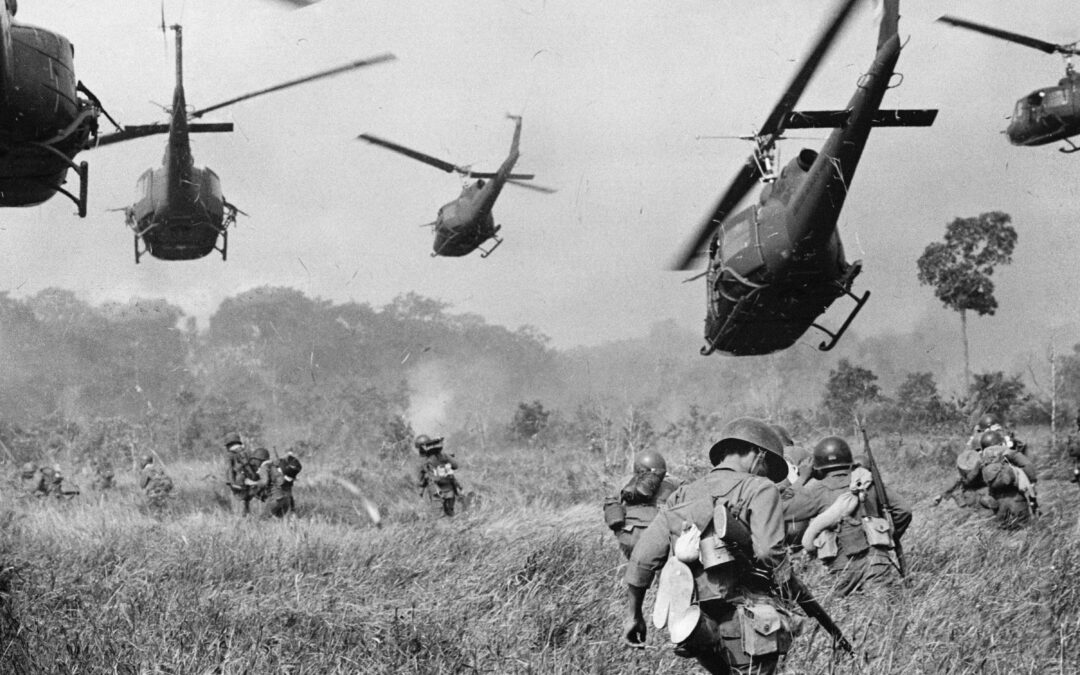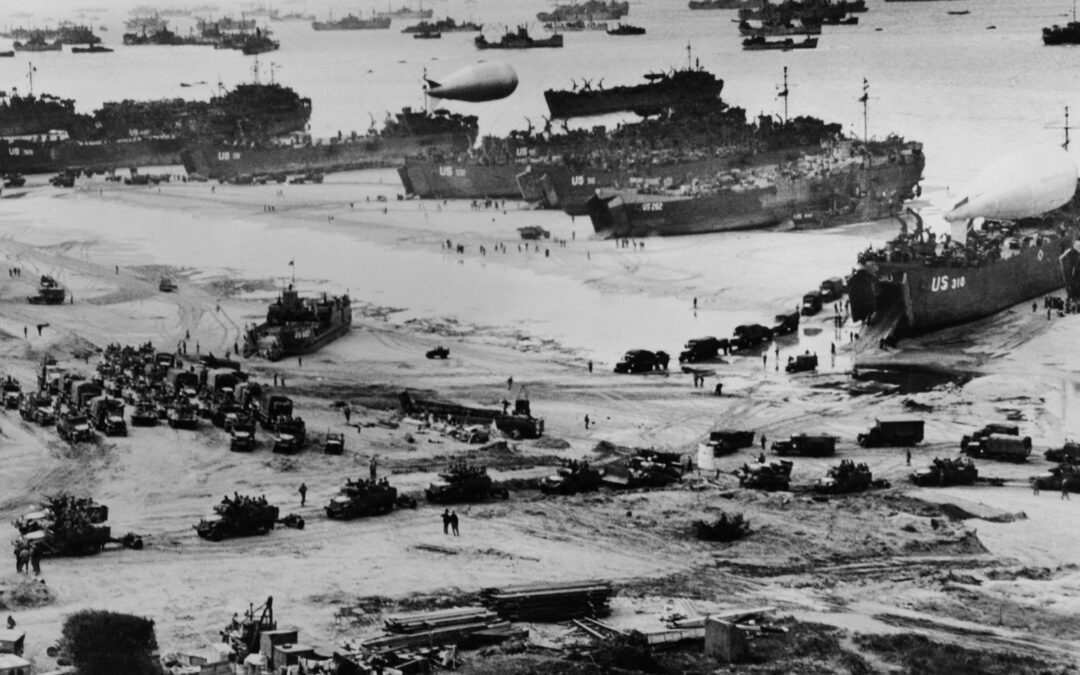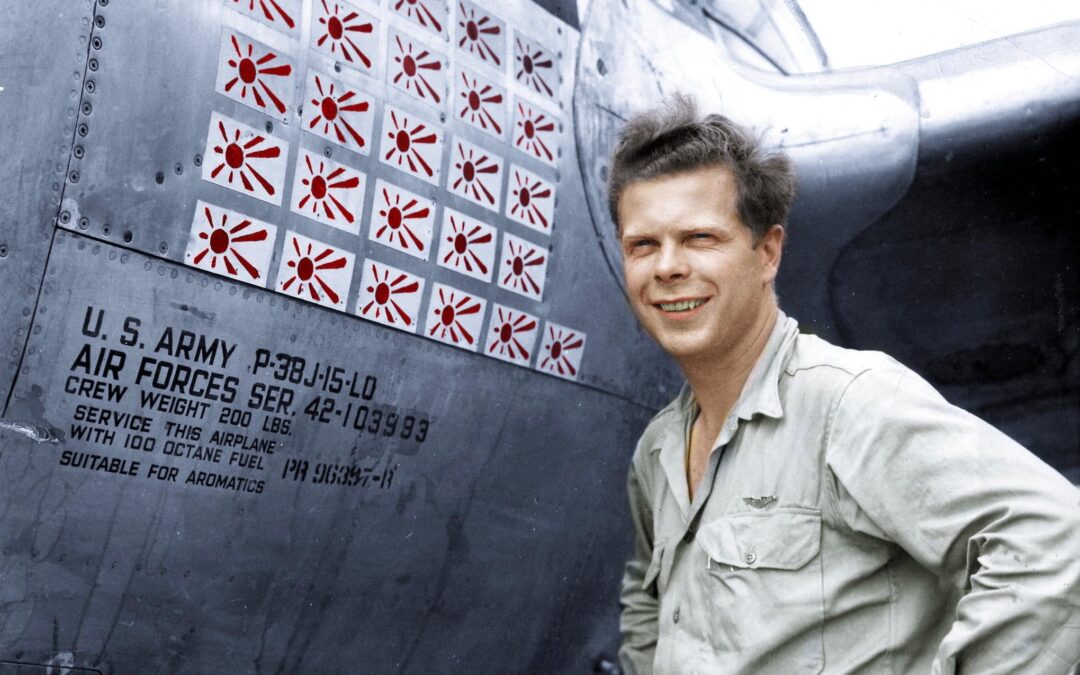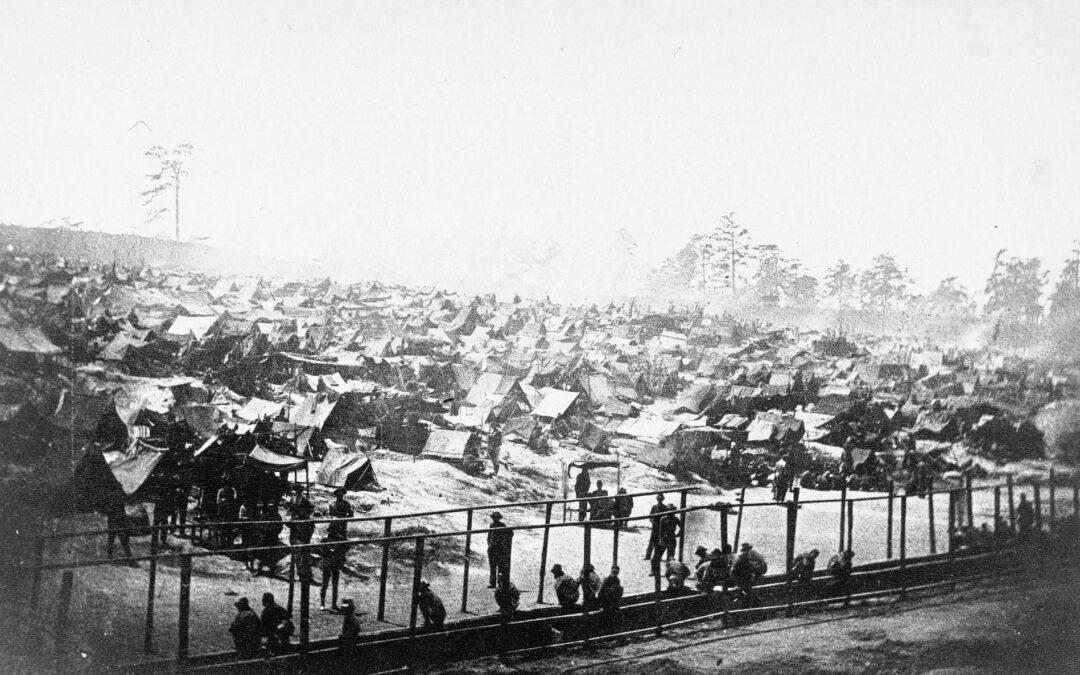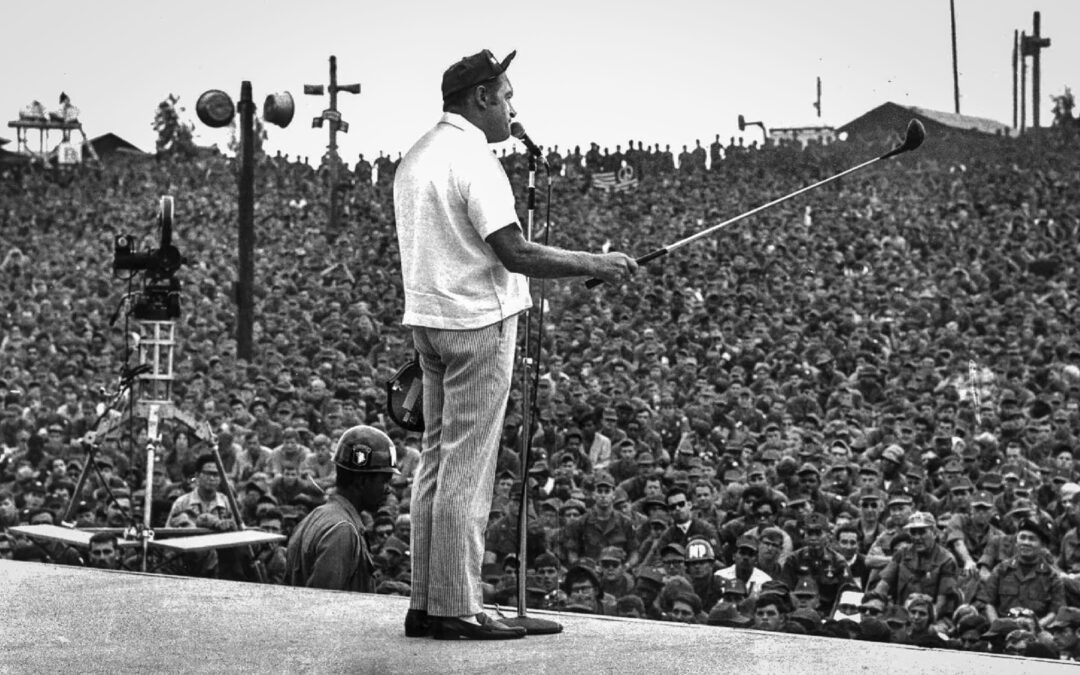During the long war in Iraq and Afghanistan, coalition forces relied on thousands of military working dogs to help keep them safe by detecting explosives, finding illegal drugs, searching for missing comrades, or targeting enemy combatants. Dozen died in the line of duty. Others struggle with wounds and post-traumatic stress. Many have earned recognition for heroism. Among the heroes is Lucca, a highly skilled German Shepherd/Belgian Malinois mix trained to sniff out explosives and protect the combat Marines and Special Forces she served. Lucca is the Most Legendary Military Working Dogs Lucca and her military dog handler Marine Staff Sgt. Chris Willingham were together on two combat tours in Iraq. Later Lucca would have an Afghanistan tour with her new dog handler, Marine Corporal Juan Rodriguez. According to the Military Working Dog Team Support Association, Inc. Lucca is among the most legendary military working dogs. Through almost six years of military service, Lucca...

